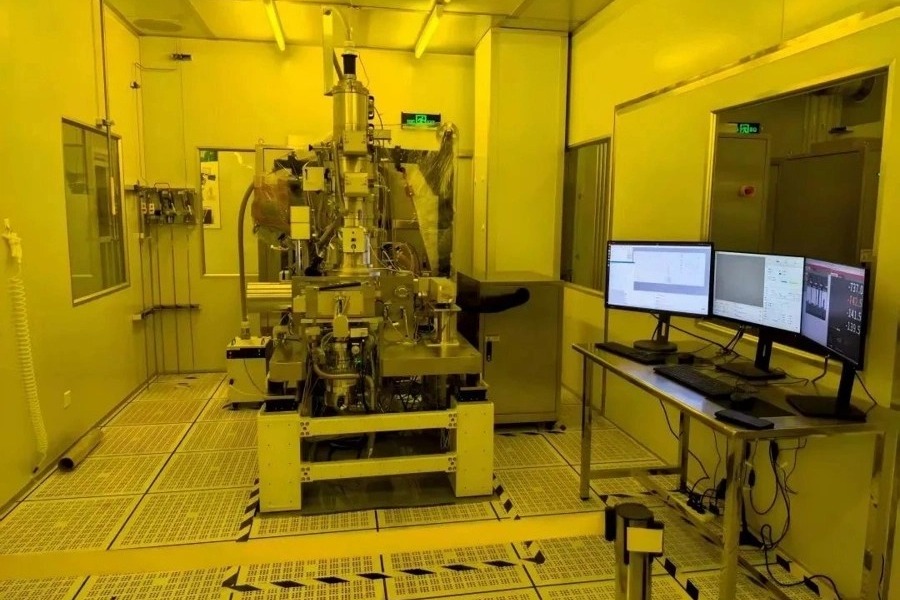Groundbreaking 'Xi Zhi' EBL System Boosts Australia's Quantum Chip Ambitions - A Major Leap for Local Tech

Australian quantum technology is poised for a significant boost thanks to advancements in electron beam lithography (EBL). While the initial development originated in China, the implications for Australian research and innovation are substantial. The 'Xi Zhi' system, China’s first commercial EBL, developed by Zhejiang University, has recently entered application testing and is demonstrating impressive precision, rivaling international standards. This breakthrough is a game-changer for the development of quantum chips – a critical component in the next generation of computing and technology.
What is EBL and Why is it Important? Electron beam lithography is a sophisticated microfabrication technique used to create incredibly precise patterns on silicon wafers. These patterns are the foundation for microchips, and in the realm of quantum computing, they are essential for building the complex circuits required for qubits – the fundamental building blocks of quantum computers. Traditional lithography methods are facing limitations in achieving the extremely fine resolutions needed for quantum chip fabrication. EBL overcomes these limitations, enabling the creation of smaller, more intricate structures.
The 'Xi Zhi' System: A Global Contender The 'Xi Zhi' system's successful development and entry into application testing represents a major milestone for China and, importantly, provides valuable insights and potentially collaborative opportunities for countries like Australia. Its performance aligns with international precision benchmarks, signifying a significant leap forward in the accessibility and affordability of high-resolution lithography. This is particularly crucial for research institutions and smaller companies that may not have access to expensive, proprietary systems.
Impact on Australian Quantum Research Australia has been steadily building its quantum technology ecosystem, with significant investments in research and development. The advancements showcased by the 'Xi Zhi' system could accelerate this progress in several ways:
- Improved Access to Fabrication Capabilities: While Australia doesn't currently have a comparable commercial EBL system, access to international facilities and potential collaborative partnerships can leverage the progress made with 'Xi Zhi'.
- Stimulating Local Innovation: The system's capabilities inspire Australian researchers to push the boundaries of quantum chip design and fabrication.
- Strengthening National Security: Quantum computing has implications for cybersecurity and national defence. Advancements in quantum chip technology, facilitated by tools like EBL, contribute to Australia’s strategic advantage.
- Boosting the Australian Semiconductor Industry: Quantum chip development can contribute to the broader growth of the Australian semiconductor industry, creating high-skilled jobs and economic opportunities.
Looking Ahead While the 'Xi Zhi' system itself isn't directly based in Australia, its success highlights the global race to advance quantum technology. Australian researchers and industry leaders should actively explore opportunities for collaboration, knowledge sharing, and potential licensing agreements to harness the benefits of this breakthrough. Continued investment in domestic quantum research and development, coupled with strategic partnerships, will be key to ensuring Australia remains at the forefront of this transformative technology.
The development of the 'Xi Zhi' EBL system is more than just a technological achievement; it's a catalyst for innovation and a reminder of the immense potential of quantum technology to reshape our world.





